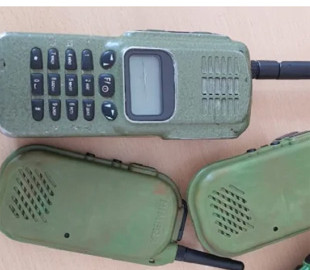
Cheap drones have revolutionized warfare. But the latest trend on the battlefield is electronic warfare.
The front line of the Russian-Ukrainian war is the most brutal since World War II in terms of casualties and destruction. At the same time, the front has the largest number of devices in the history of mankind. This is reported by Breaking Defense.
Cheap drones revolutionized warfare. But the latest trend on the battlefield is electronic warfare. With the development of UAVs, Ukrainian inventors are increasing the number of EW, which should give an advantage to the soldiers of the Armed Forces on the front lines. Development initiatives often go through the Ministry of Defense and the Ministry of Digital within the framework of the Brave1 joint platform.
“Most of these tools — are short-range EW tools designed for direct protection of the military on the front lines,” — Nataliya Kushnerska, head of the Brave1 project, reported.
Currently, more than 100 projects of EW complexes from more than 50 developers and manufacturers are registered. Nine of them received government contracts and received codification according to NATO standards. Journalists contacted the Buntar Aerospace startup, which received a $25,000 grant. They produce the Buntar-1 UAV and software that optimizes offline operations for a number of drones.
Their product uses autonomous visual guidance rather than GPS. And instead of sending real-time information, the drone can function as a video camera, recording visual information on a memory card for viewing when it returns to base.
Himera makes walkie-talkies. Their philosophy is to create a cheap but effective solution with ease of use. They can connect to phones via Bluetooth to set up data transmissions and allow soldiers to text — which becomes a convenient necessity during artillery fire.
Currently, the Armed Forces already use 3,000 Himera radios, and the G1 Pro model has been in production since July.
The Falcons company is engaged in the direction finder ETER, which analyzes radio signals near both drones and radio stations. In general, all radio signals are within the range of the product. The system analyzes the radio signal and sorts them by level of tactical accuracy.
“Essentially, you have to continue to track targets in real time, and we're talking about big numbers, exciting data. If you spread the data, you can track virtually every drone in the air,” — said Oleksandr Barabash, technical manager of Falcons.

